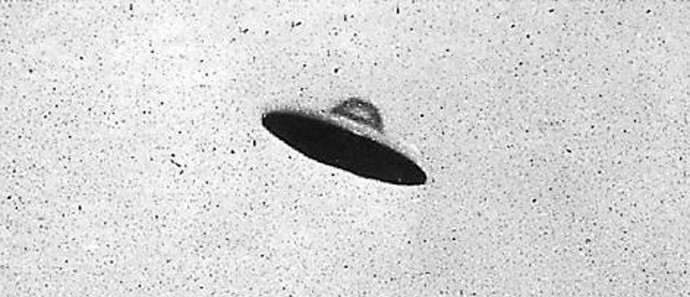Star Wars is extremely popular. Sometimes it can even seem as though everyone around you has seen the films. To quote Marshall from How I Met Your Mother, “The only people in the universe that haven’t seen Star Wars are the characters in Star Wars.” While this is not entirely accurate, Americans, and other people in the Western world, would be hard pressed to find someone who didn’t recognize the opening score by John Williams or the line “Long ago in a galaxy far far way…” As we are gearing up for another round of Star Wars films, it seems only right to look back on how they have influenced the world we live in today. Not only was Star Wars simply popular with the masses, it revolutionized special effects and merchandising.

Arguing that Star Wars is not one of the most popular film series of all time would be a waste of breath. Even if someone hasn’t seen Star Wars, they have heard of it, and they could probably describe what a lightsaber looks like to whoever was asking. The sheer number of fangirls and fanboys would make it nearly impossible to go through American life without someone engaging you in a conversation about Star Wars at least once. You certainly wouldn’t get out of such a conversation if you socialize with me. Outside of causual viewership, there are also those who love Star Wars so much, that they attend Star Wars conventions like the one that took place last month at the Anaheim Convention Center. To me, and my fellow fans, Star Wars in an ingrained aspect of our culture, but it doesn’t end with us. After 38 years of attention, it has bled completely into pop culture. There a references everywhere: in TV shows, music, and other movies. Referencing Star Wars is nearly as legitimate as reference the fact the sky is blue. It’s not everyday that something comes along and makes that kind of a splash.

One of the major, if not the biggest, reasons why Star Wars was so wildly popular lays with its special effects. Before Star Wars, things had been kind of stale in the area of movie magic. When the first film came out, it was literally like nothing audiences had ever seen before, at least not on the big screen. Now when we have advancements they are impressive, but this film was revolutionary. Due to the demanding innovation the film required to be made, George Lucas created his own special effects company, Industrial Light & Magic. ILM has now had its hand in helping create over 300 hundred other movies. Even if one doesn’t like Star Wars, they probably like something that Star Wars helped make possible. It’s common to see films today heavily incorporate CGI. Many would visually link other popular effects heavily trilogies like Lord of the Rings, The Matrix, and even the very contemporary Marvel films, right back to what Star Wars did for the industry.

One needs to look no farther than my closet to see the Star Wars has quite a lot of merchandise for the public to snatch up. In my possession alone, I have numerous posters, eight plastic toy lightsabers (all different models naturally), and one very expensive metal lightsaber. Star Wars helped exemplify for the world that there were huge amounts of money to be made on the things people would buy that are related to the film, and not only the film itself. Star Wars has generated more revenue from their related products than from the films themselves, which is saying quite a lot considering how much the movies have made. While this is not uncommon for films, the sheer amount of profits blows nearly everything else out of the water. This kind possibility has made other franchises see the potential they have for making large profits in this area as well.
Star Wars changed the word, both in the context of cinema, but also in a cultural sense. The original film, as well as the rest of the saga, have been hugely popular and the impact of the films is evident in other types of media that we consume. Star Wars also opened the gates advancement in special effects in all movies, not only within its original trilogy. It also showed the rest of the industry just how profitable film merchandise could be, when it made more off of its secondary products than the actual films. The same can probably be expected from any future Star Wars films, but I eagerly await to see how the influence of those to come will differ from the previously released. On top of everything else Star Wars did for the rest of the world, it most importantly influenced my Halloween costume for four years in a row.




